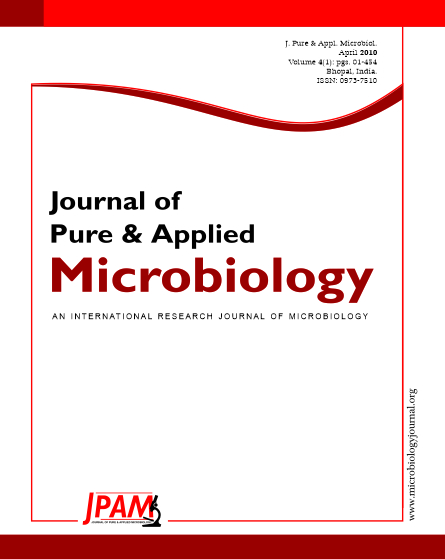Acute gastroenteritis is one of the leading causes of childhood morbidity and mortality in the developing countries. Hence the present study was undertaken to determine the prevalence of bacterial as well as viral agents associated with gastroenteritis in children, their isolation and antibiogram of the bacterial isolates as a prospective for treatment. Children of age 1 month to 11 year with a history of gastroenteritis were studied. Total 180 subjects with an episode of these ailments were included in this study. Simultaneously 30 children of the same age group without clinical symptoms of gastroenteritis were included as control in this investigation. Out of 180 sample analyzed, 126(70%) were positive only for bacterial agents whereas 54 (30%) samples were found positive for both bacterial as well as viral agents. E. coli (180 ;18.09%), Enterococcus spp.(162;27.14%), Clostridium spp.(63 ;10.45%) were predominantly isolated and identified. Antibiotic sensitivity test of the identified gram positive cocci were found sensitive to glycopeptides (33.3%),aminoglycosides (33.3%), pencillins(33.4%) and mostly gram negative bacillus were sensitive to carbapenems(47%), cephalosporins(23%) and flouroquinolones(19%). It was concluded that bacteria as well as viruses were commonly associated with childhood gastroenteritis. There is a need for further detailed studies on the molecular characterization of rotaviruses which would have important implications in vaccine evaluation programme.
Bacterial, Viral agents, Gastroenteritis, Antibiotics
© The Author(s) 2010. Open Access. This article is distributed under the terms of the Creative Commons Attribution 4.0 International License which permits unrestricted use, sharing, distribution, and reproduction in any medium, provided you give appropriate credit to the original author(s) and the source, provide a link to the Creative Commons license, and indicate if changes were made.


